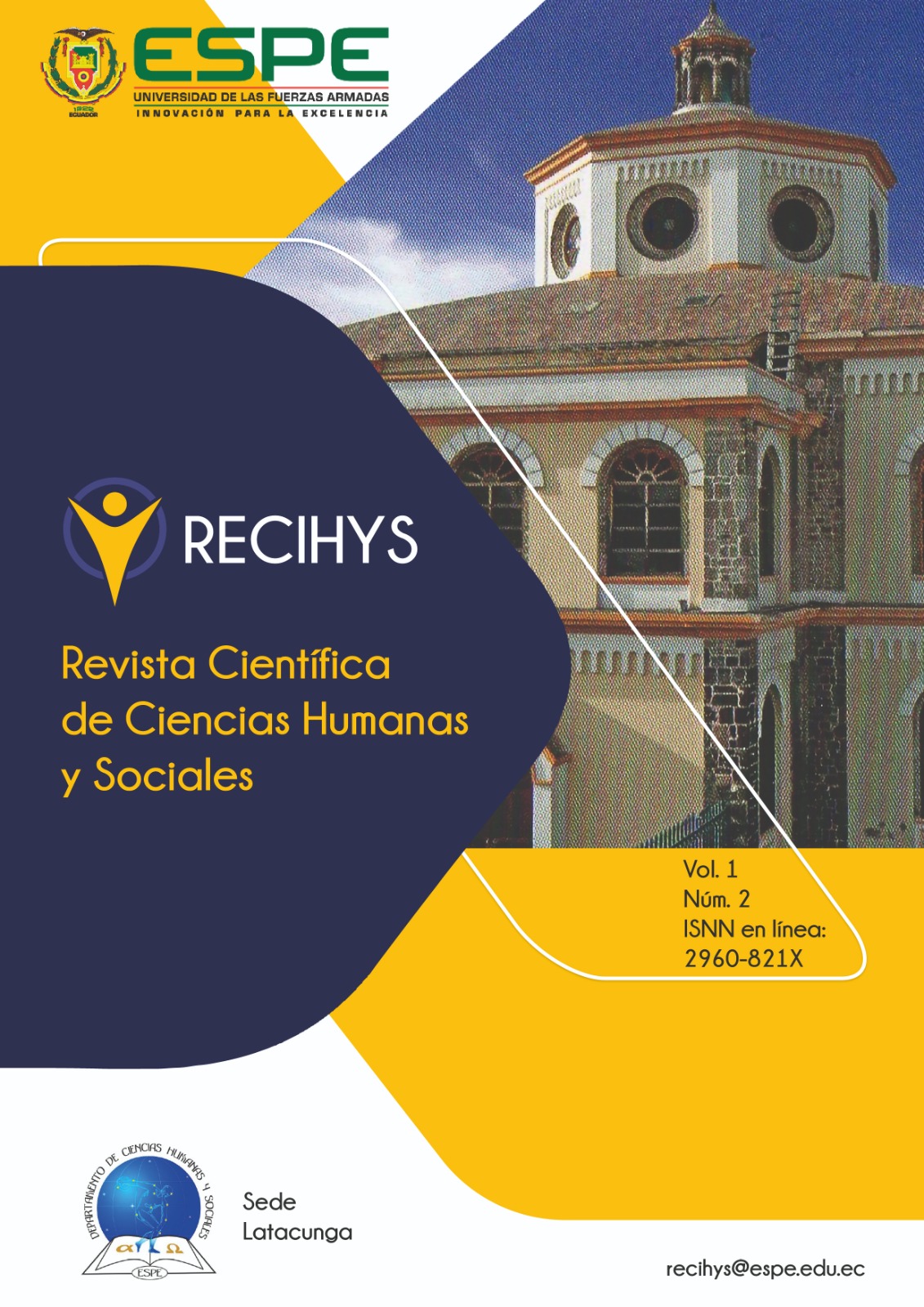Virtual learning environment as a resource for training on environmentaleducation issues
Main Article Content
Abstract
The present study aims to design a virtual learning environment as a training resource on environmental education issues, considering that the purpose of environmental education is that individuals and communities understand the complexity of the environment, both natural and artificial. Therefore, the article presented is aimed at the community in general, so that through a virtual learning environment it is possible to access the information inherent to the subject and give a message of sensitization to visitors, a sense of environmental awareness, as well as having updated material available. Within the methodological mechanisms, the Weebly platform, YouTube, image design and other applications were used to strengthen the development of the web page. In the methodological field, the research was framed within the quantitative paradigm and a Google form was used for the diagnosis, which allowed determining through the survey technique aspects concerning the results of the summative evaluation of the participants of the study, in addition, interviews were applied to expert professionals, to obtain experiences regarding environmental education and their valuable contribution to enrich the knowledge of the students. The data were tabulated and presented for the generation of conclusions. At the end of the virtual teaching and learning environment, 96,8% of the students surveyed were satisfied with the results. It was concluded that the visitors obtained information and consolidated current knowledge of great importance, facilitating their downloading, visualization and comparison of the topics.
Downloads
Article Details

This work is licensed under a Creative Commons Attribution 4.0 International License.
Authors who publish in this journal agree to the following terms: Authors retain the copyright and guarantee the journal the right to be the first publication of the work, as well as, licensed under a Creative Commons Attribution License that allows others share the work with an acknowledgment of the authorship of the work and the initial publication in this journal. Authors may separately establish additional agreements for the non-exclusive distribution of the version of the work published in the journal (for example, placing it in an institutional repository or publishing it in a book), with acknowledgment of its initial publication in this journal. Authors are allowed and encouraged to disseminate their work electronically (for example, in institutional repositories or on their own website) before and during the submission process, as it may lead to productive exchanges as well as further citation earliest and oldest of published works.
How to Cite
References
Álvarez Arregui, E. R. (2011). Ecosistemas de formación blended-learning para emprender y colaborar en la universidad: valoración de los estudiantes sobre los recursos. . eoría de la Educación: Educación y Cultura en la Sociedad de la Información.
Cabero, J. y. (2005). Las TICs y la Educación Ambiental,. Revista Latinoamericana de Tecnología educativa, 9-26.
Carranza, M. (2007). Las TIC, Sustentabilidad y Educación Ambiental.
Corbeta, S., Sessano, P., & Krasmanski, M. (s.f.). Educación ambiental, formación docente y TIC, el desafío complejo de una triple articulación. Hacia la definición de un espacio transversal. Revista de la Escuela de Ciencias de la Educación.(7).
del Consuelo Carranza, M. A. (2007). Las TIC, Sustentabilidad y educación ambiental. En Razón y palabra, (pág. 58).
Martí Maranillo, R., Gisbert, M., & Larraz, V. (2018). Ecosistemas tecnológicos de aprendizaje y gestión educativa: características estratégicas para un diseño eficiente. Edutec. Revista electrónica de tecnología educativa(64), 1-17.
Mataix, C. (2010). Movilidad Urbana Sostenible: un reto energético y ambiental. Madrid, España.
Mayer, M. (2008). Educación Ambiental. Roma: Centro Europeo dell'Educazione. Ministero Pubblica Istruzione. Frascati.
MEIRA, P. (2001). La investigación en Educación Ambiental y las Nuevas Tecnologías de la Información y la Comunicación. Revista Teoría de la Educación. Nuevas Tecnologías en la Sociedad del Conocimiento., 2(2).
Mejía, H. (1978). El Ser de la Educación. Revista Educación de la Universidad de Costa Rica., II(2), 1-9.
Nando, J. G. (2000). Estrategias Didácticas en Educación Ambiental. Aljibe.
Quevedo Piratova, D. A., Gómez Zermeño, M. G., & Briseño Sepúlveda, M. G. (2015). Mejora de la enseñanza de la Estadística mediante la implementación de una Comunidad Virtual de Aprendizaje. Números: revista de didáctica de las matemáticas.
Silva Quiroz, J. (2011). Diseño y moderación de entornos virtuales de aprendizaje. EVA. Diseño y moderación de entornos virtuales de aprendizaje., 0(0).
Turoff. (2015). Definición de clase virtual. Educación Virtual y a Distancia. Bogotá, D. C.: Especialización Informática y Multimedia en Educación.
Wilkinson, D. (2002). Ecosistemas de aprendizaje en línea.

